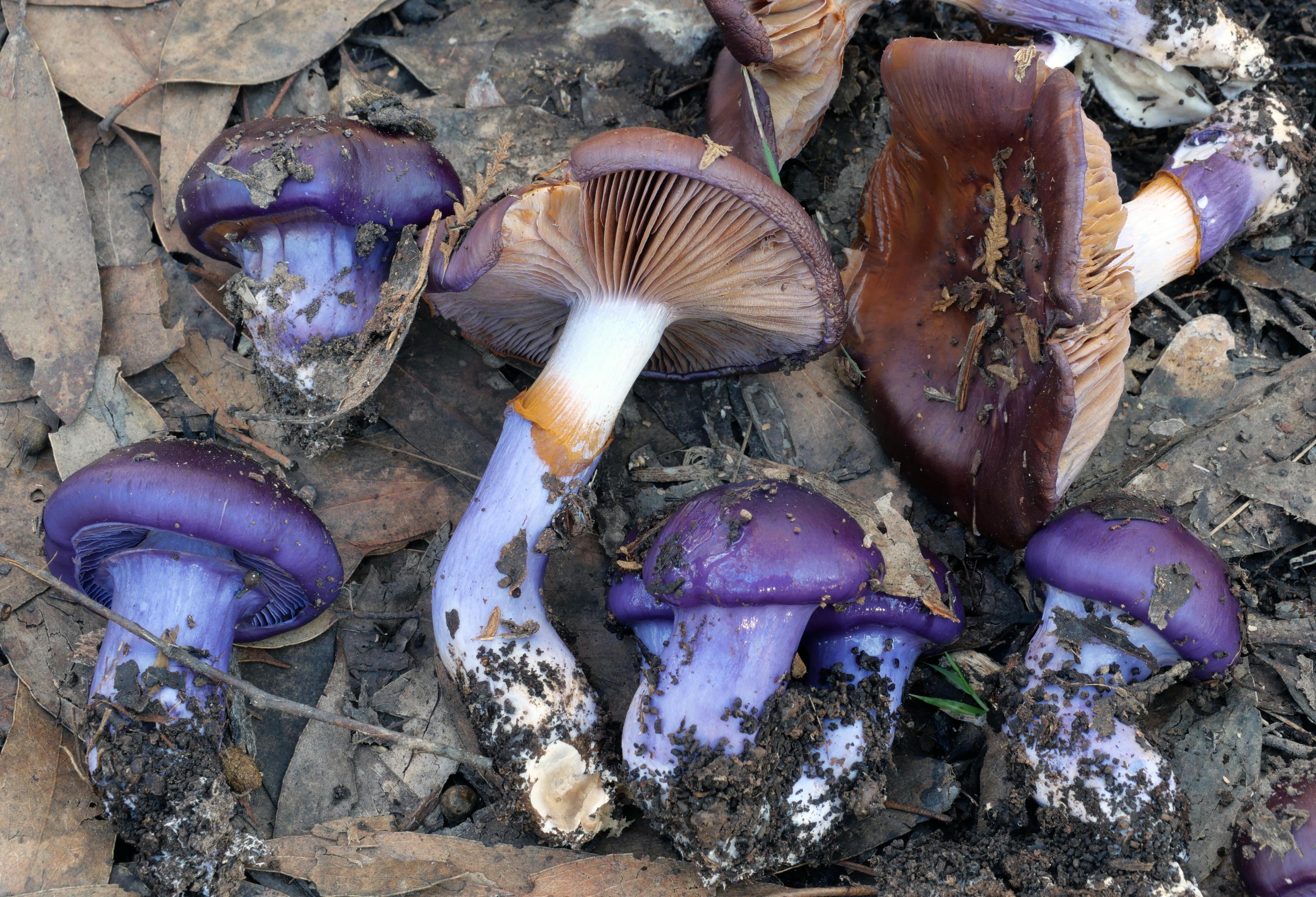
Cortinarius is a large genus of fungi containing both mushroom and truffle-like species, most of which form ectomycorrhizal associations with trees. The fungus forms a sock-like envelope (mantle) around roots and the hyphae interpenetrate between plant cells forming a Hartig net where carbon from plant photosynthesis is exchanged for phosphorus, nitrogen and water. The fine mycelial strands of the fungus can access supplies of water and minerals from soil locations inaccessible by the thicker plant roots. Cortinarius archeri is broadly distributed in Eucalyptus forests in southern Australia and is thought to associate with a wide range of Eucalypt species. The specimen sequenced was collected under stringy bark (Eucalyptus baxteri) at Deep Creek Conservation Park in South Australia and was made as part of a project investigating the transition from mushroom-like fungi to truffle-like fungi. Ability to form ectomycorrizal symbiosis makes C. archeri one of the group of fungi indispensable for the health of Eucalyptus species, many of which have potential as energy crops. The genome of C. archeri will help reveal how mushroom-like Cortinarius species gave rise to truffle-like species in that genus that are better adapted to a dry climate. In contrast to the fruiting bodies of mushroom relatives that disperse spores in the wind and are vulnerable to desiccation, truffle fruiting bodies are underground and thus protected from rapid desiccation, and their spores are dispersed by small mammals. Given the predictions of climate change, understanding pathways to the development of subterranean fruiting may be crucial for managing the health of future forestry energy plantations. We request that researchers wishing to publish analyses of this genome prior to its publication by the consortium to please email [email protected] and JGI for permission.
